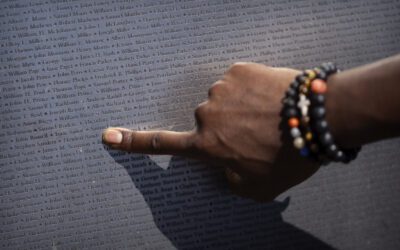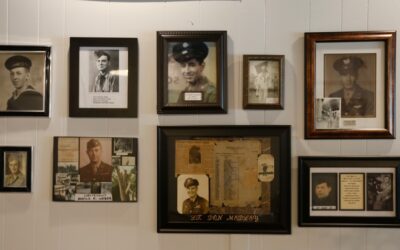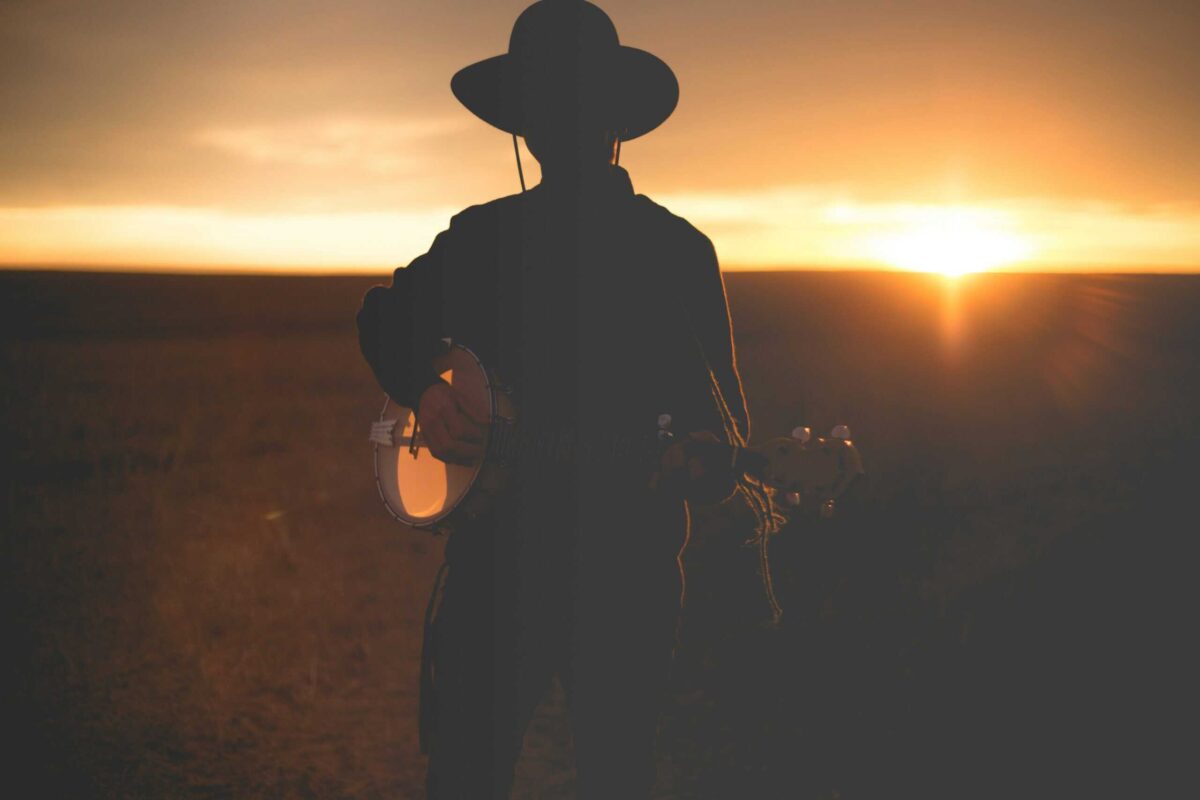
If not for the tireless work of the songcatchers, some Appalachian music would not be around today. (Priscilla Du Preez/Unsplash)
At the turn of the 20th century, academics traveled the Appalachians to save ancient music before it was lost. Learn how the legacy of the “songcatchers” lives on.
If you were to visit Charlottesville today, it wouldn’t surprise you to learn that over a hundred years ago, the city was the site of an important academic project. After all, the city is the home of the University of Virginia, the state’s flagship academic institution, founded by none other than Thomas Jefferson. But the scholars who came to Charlottesville in the first two decades of the twentieth century weren’t there to take classes or use the university library. They were there to listen to music.
The scholars in question were anthropologists and musicologists. Specifically, the trip to Charlottesville, which was only one stop on a journey through the Appalachian mountains that would take months and result in the publication of a book, was part of a project by Olive Dame Campbell and Cecil Sharp, folklorists and experts in traditional music, who would eventually be known as songcatchers. The songcatchers’ mission was simple: travel to Virginia, Alabama, North Carolina, Kentucky, and Tennessee, and catalog the ancient musical tradition of the Appalachians—before it was lost forever.
The history of Appalachia’s endangered music
Why was Appalachian music in danger to begin with? And why did the songcatchers care? Well, the danger to the musical tradition came from the Industrial Revolution, but the music’s own history went back much, much further.
One of the things that first caught the interest of Campbell, Sharp, and other folklorists and musicologists about Appalachian traditional music was that it wasn’t unique to the Appalachian Mountains at all. Many of the songs and styles of music in Appalachia were closely related, if not flat-out identical, to traditional English, Scottish, and Irish folk music. This was not a coincidence.
Many people living in Appalachia in the 1900s and 1910s were descendants of English, Scottish, and Irish immigrants who had arrived in the United States in the eighteenth and nineteenth centuries. These immigrants had brought the songs of their former nations with them, and continued to sing them to their children, who sang them to their children, and so on, for over a hundred years into the twentieth century.
While immigrants bringing the art and culture of their native lands to a new country is nothing unusual, the fact that so many of these songs were still so similar to their ancient British Isles versions caught the songcatchers’ attention. Because the Appalachians were so remote, and especially inaccessible before the automobile, contact with a changing world had been limited, and much of the music had been preserved. It wasn’t the only thing that was preserved, either—linguistics scholars today have reason to believe that the accents now associated with the southern United States are similar to those spoken by people in sixteenth-century Britain, such as Shakespeare and Queen Elizabeth I.
Although many of the songs were antique, the music itself had grown and changed since arriving in the United States. There had been slight shifts in pronunciations and the names of figures and places in songs to reflect the area, but beyond that, new instruments had been added to the music arrangements. To give one example, the banjo, an instrument that originated in Africa and was introduced to Appalachia by enslaved people and their descendants, became a popular addition.
The result was a form of music that showed its roots, but was nevertheless uniquely Appalachian. The only issue was that by the 1910s, it was in danger of being lost forever. With the rise of industrialization across America, more and more people were leaving rural Appalachian communities for work in cities. And the music, which had almost entirely been passed down via oral tradition, ran the risk of being forgotten as the towns where it was played shrank or were industrialized.
Enter the songcatchers. Campbell, Sharp, and others like them made it their mission to preserve and record these songs, to write them down so that future generations could play them for years to come. To achieve this, they traveled across the mountains and valleys of the American Southeast, asking local musicians to play, recording their songs, writing down lyrics and melodies, and delving into the histories and origins of different tunes. Some of the songs were so perfectly preserved from ancient pieces of music originating in the Scottish Highlands that, in 1921, Olive Dame Campbell, using her husband’s name, published a book on Appalachian music and culture entitled “The Southern Highlander and His Homeland.”
The songs live on
While the story of the songcatchers is fascinating in and of itself, the most remarkable part is that it worked. A musical tradition was saved from destruction. Moreover, you’ve probably heard some of the historic songs transcribed by the songcatchers yourself, whether you knew it at the time or not.
If you’ve ever heard (or even sang) the famous children’s song “Skip to My Lou,” you just might have a songcatcher to thank. The song has its roots in a Scottish Song, with “lou” being an old Scottish pronunciation of “love” (and distinctly different from the English “loo,” which is slang for a toilet!). The song has been popular for many decades in square dancing, another American folk tradition that has its origins in traditional ceilidh dancing, which you might see in Scotland or Ireland.
To learn more about the songcatchers and the music they loved, you can find the books they wrote, books that others wrote about them, like Virginia novelist Sharyn McCrumb’s “The Songcatcher,” and there was even a (fictionalized) film about them, 2000’s “Songcatcher.” However, one of the best ways to appreciate the work of the songcatchers is by listening to traditional Appalachian music for yourself. A quick search on YouTube for “Appalachian folk music” will lead you to the channels of contemporary artists who, like the songcatchers of old and the musicians they interviewed, are keeping this bit of American musical history not only alive, but thriving.
In Virginia, there’s also an even more hands-on way to learn about Appalachian music. You can make like a songcatcher yourself, and hike or drive some, or all, of the more than three hundred miles that make up the Crooked Road. This heritage trail through the Blue Ridge and Cumberland mountains was established in the early 2000s, and takes visitors through some of the state’s most beautiful scenic countryside, with stops at museums and historic sites relating to Virginia’s traditional music, as well as venues where you can appreciate the music as it was meant to be enjoyed—by listening to it for yourself.
This article first appeared on Good Info News Wire and is republished here under a Creative Commons license.
Related: From mountain music to modern hits: The history of music in Virginia

Southwest Virginia’s surprising country music history
Country music has deep roots in Southwest Virginia. Here’s what you need to know about its history. When most people think of country music, they...
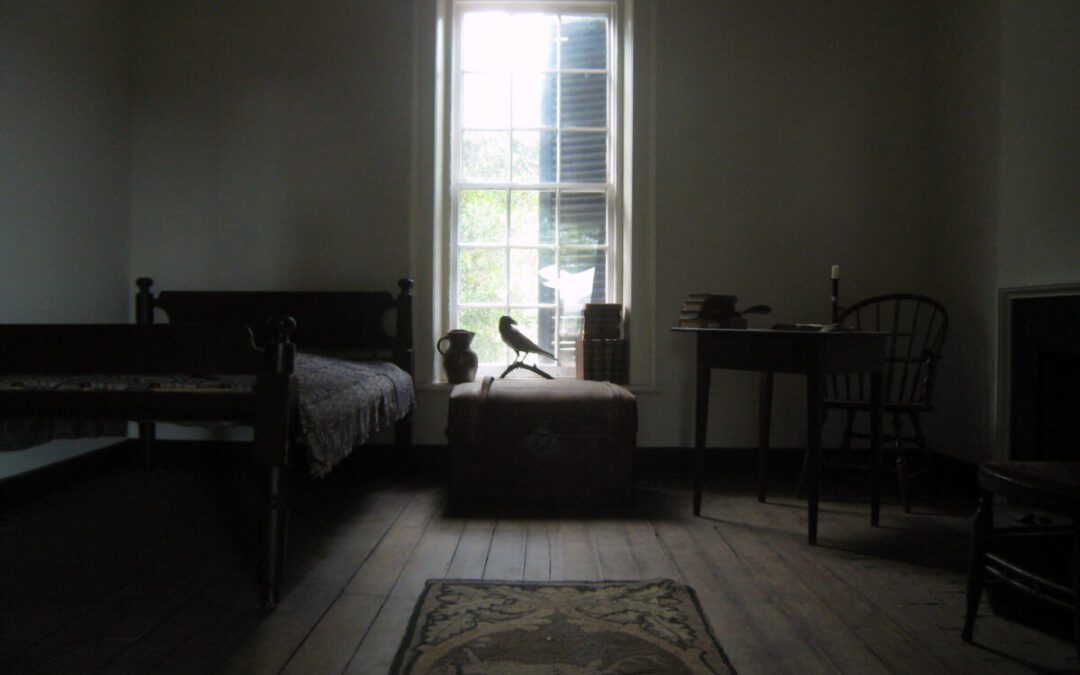
6 creepy facts about Virginia that textbooks leave out
Most textbooks recap specific, traditional details. Here are six creepy facts about Virginia you might not know. I’ve always been drawn to the...
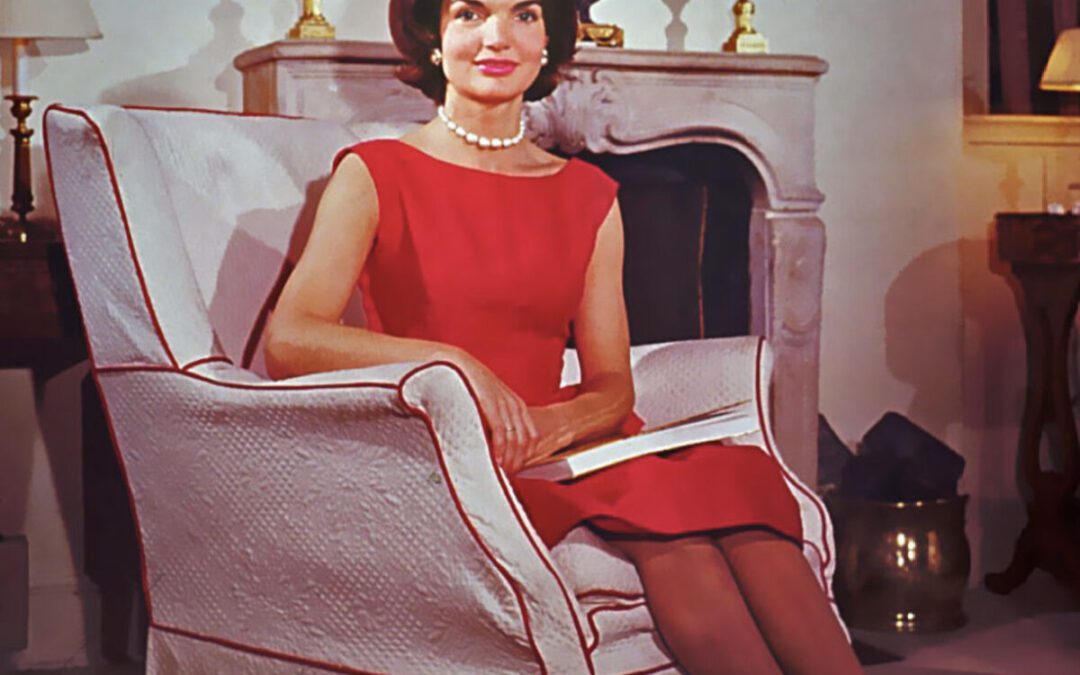
11 famous people who are buried in Virginia
The number of famous people buried in Virginia is higher than you might think. Here are 11 names you’re sure to recognize. When it comes to where...
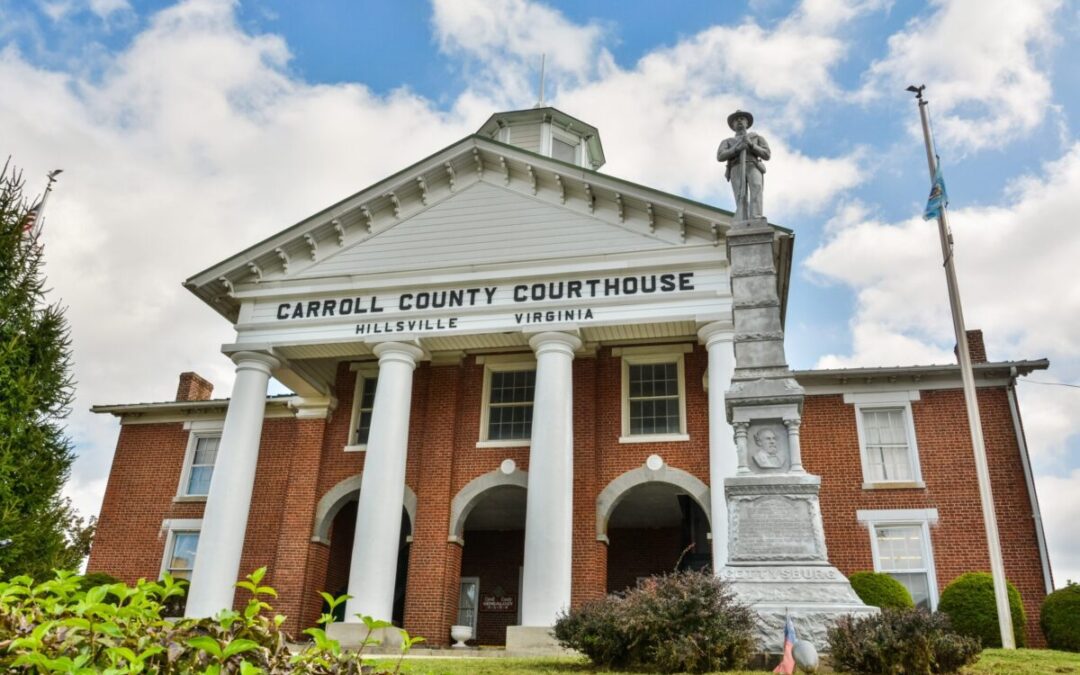
The Hillsville Massacre: How a stolen kiss led to 5 deaths & a century of unanswered questions
The Hillsville Massacre of 1912 is one of Virginia’s strangest historical cases. Here’s everything you need to know about the Carroll County...

5 Virginia startups that competed on ‘Shark Tank’
From sweet potato pies to plant-based Mediterranean food, discover what these Virginia companies that competed on “Shark Tank” are cooking up. From...

Yes, Virginia actually has volcanoes. Here’s what to know
Here’s the surprising history of Virginia’s volcanic past, including Mole Hill and Trimble Knob. When most people think of Virginia, volcanoes don’t...



